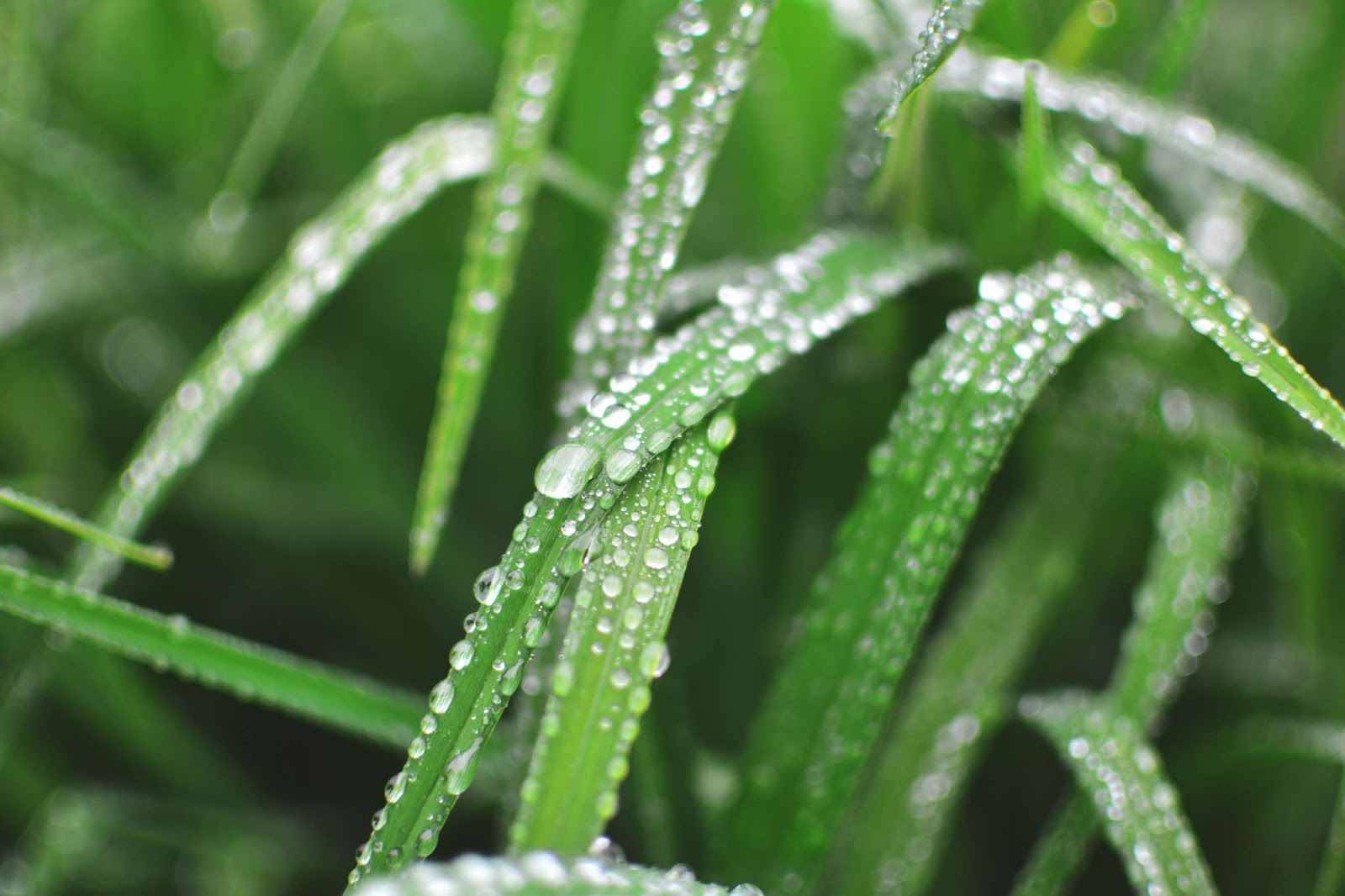Decoding Dew: The Nighttime Alchemy of Nature
Ever wake up on a crisp morning to find the world draped in glistening droplets? That's dew, nature's own tiny jewels. But have you ever pondered the how and why behind this mesmerizing spectacle? Why does dew form at night, and what's the story behind this everyday miracle? Let's delve into the science and uncover the secrets of dew formation.
Dew formation is a fascinating interplay of physics and meteorology. It's a delicate dance between cooling surfaces, atmospheric moisture, and the subtle shifts in temperature that occur as the sun dips below the horizon. As the day transitions into night, objects exposed to the open sky begin to lose heat, their temperatures dropping gradually. This cooling effect plays a pivotal role in dew's creation.
The air around us is laden with invisible water vapor, an essential component of our atmosphere. This moisture exists in a gaseous state, swirling unseen until it encounters a surface cool enough to cause a transformation. When the air near the ground cools to a specific point – the dew point – the water vapor within it can no longer remain in its gaseous form. It begins to condense, transforming into liquid water droplets that cling to blades of grass, leaves, and other surfaces. This is the essence of how dew is formed.
The history of our understanding of dew formation stretches back centuries. Ancient civilizations often attributed dew to celestial influences, viewing it as a gift from the heavens. However, the scientific exploration of dew began to take shape with the rise of meteorology and the study of atmospheric phenomena. Scientists like Aristotle and Theophrastus, in ancient Greece, made early observations about dew, laying the groundwork for later discoveries.
Understanding dew formation is more than just an academic exercise. It plays a vital role in agriculture, particularly in arid regions where dew can provide a crucial source of moisture for plants. The presence or absence of dew can also influence the spread of certain plant diseases. Furthermore, dew has inspired poets and artists for millennia, its ethereal beauty capturing the imagination and inspiring countless works of art and literature.
Dew formation relies on a delicate balance of conditions. Clear skies are essential as clouds act like a blanket, trapping heat and preventing surfaces from cooling sufficiently. Calm winds are also crucial as strong breezes mix the air, preventing localized cooling. Finally, sufficient atmospheric humidity is needed to provide the water vapor necessary for condensation.
While dew itself doesn't have direct benefits in the same way as, say, rainfall, its presence signals conditions conducive to healthy plant growth – cool nights and adequate moisture in the air. It also contributes to the overall water cycle and plays a role in maintaining ecological balance.
Predicting dew formation involves observing weather patterns and understanding local conditions. Clear, calm nights following warm days are typically ideal for dew formation.
Advantages and Disadvantages of Dew Formation
| Advantages | Disadvantages |
|---|---|
| Provides moisture for plants in arid regions | Can contribute to the spread of certain plant diseases |
Frequently Asked Questions about Dew Formation:
1. What is dew? Dew is condensed water vapor that forms on cool surfaces at night.
2. Why is dew formed at night? Dew forms at night because surfaces cool down, allowing the air near them to reach the dew point.
3. What is the dew point? The dew point is the temperature at which the air becomes saturated and water vapor condenses.
4. Why doesn't dew form every night? Dew formation requires specific conditions, including clear skies, calm winds, and sufficient humidity.
5. What is the difference between dew and frost? Frost forms when the dew point is below freezing, resulting in ice crystals.
6. How does dew affect plants? Dew can provide supplemental moisture for plants, especially in dry climates.
7. Is dew harmful? Dew itself is not harmful, but it can create conditions that favor the growth of certain fungi and plant diseases.
8. Can you collect dew? Yes, dew can be collected, although the amounts are typically small.
Tips for Observing Dew: Look for dew on clear, calm nights, especially after warm days. Early morning is the best time to observe dew before the sun evaporates it.
In conclusion, the formation of dew is a testament to the intricate workings of nature. From the cooling of surfaces under the night sky to the delicate dance of water vapor transforming into liquid droplets, dew formation is a captivating process. Understanding why dew forms at night provides us with insights into atmospheric science, plant life, and the interconnectedness of natural phenomena. While seemingly simple, the formation of dew is a critical component of the water cycle, impacting agriculture, ecosystems, and even inspiring artistic expression. By appreciating the science behind dew, we can gain a deeper appreciation for the wonders of the natural world around us. So next time you encounter a dew-kissed morning, take a moment to marvel at the subtle yet powerful forces that brought this miniature marvel into existence. It's a reminder of the intricate beauty that surrounds us, waiting to be discovered and appreciated.
Anchoring a 17 foot boat the ultimate guide
Mastering behr exterior paint recoat times for a durable finish
Unlocking the allure of benjamin moore rocky road














